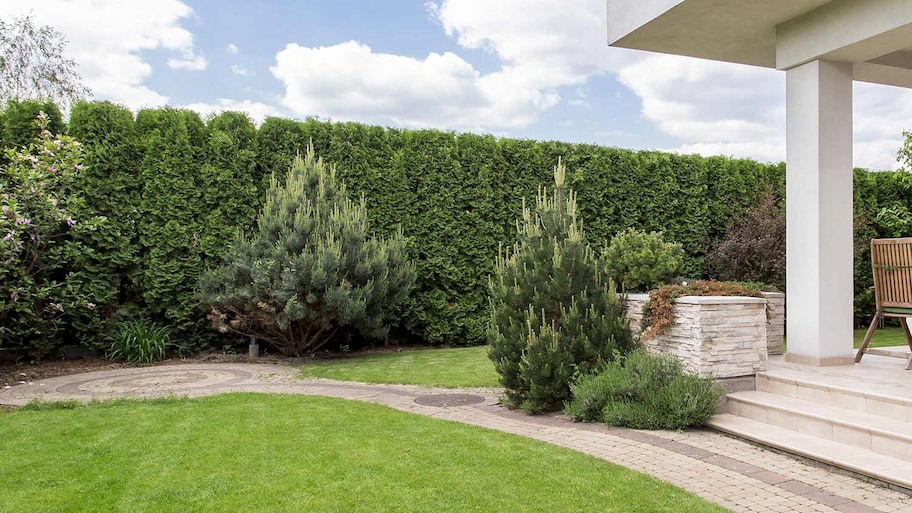You need to know your property line before building anything that may infringe on your neighbor's land
It's important to know where your property lines are before beginning any home addition, planting hedges or trees, or building a fence. Take the time to find out exactly where your property lines are before spending money and effort on any project that may encroach on your neighbor's land.
What Is a Property Line?
A property line defines where property begins and ends. It sounds simple, but property line disputes can create severe problems between neighbors. Knowing where your property lines are on all sides of your home is crucial if you plan to do upgrades or additions to your home or yard. For example, you wouldn't want to invest in a new fence only to discover that you've installed it a foot beyond your property line into your neighbor's land. Therefore, it's essential to do your research and be sure of your property lines.
How Can You Find Your Property Line?
There are a few simple ways to locate your property line:
Find your markers: If your home is relatively new—especially in a subdivision—you may be able to locate the property line markers. There will be stakes that are flush with the ground or sticking up a little bit. You probably won't notice them unless you are looking for them, and then they will be easy to find.
Check your property plat: A plat is a rendering of your property and the surrounding area that includes details like mountains, lakes, and buildings. The plat will include your property's boundaries. If you need further information, you can look at your neighbor’s plats as well. Your property’s paperwork should include your plat. Your property’s paperwork should include your plat, but you can also find it online or at your assessor's office.
Read your deed: The deed to your property will have a written description of your property lines. You may have to refer back to previous deeds for older properties to find the property line information.
Hire a surveyor: Hire a surveyor for an accurate and up-to-date report of your property lines and boundaries. Keep in mind, though, a surveyor's report may cause trouble if the surveyor finds that there is an encroachment on either your part or your neighbor's. You may need to decide if an extra foot of yard is worth haggling over with a neighbor whom you’ve gotten along with for years.
Why Do I Need to Know My Property Lines?

It's necessary to be clear about your property lines because there are rules about building on your property regarding distance from the property line. For example, if you are building a fence on your property, some laws determine how far from your property line it must be located—generally between two and eight inches, depending on the laws where you live. Another reason to understand where your property line is has to do with easements, which allow your neighbor to access their property through yours. If there is an easement on your property, you will be unable to build anything that encroaches on the easement.
What Can I Do if I Have a Property Line Disagreement?
Unfortunately, disagreements about property lines happen, making living next door to someone very uncomfortable if not handled well. Everyone wants to maintain the best relationship with their neighbor as possible.
Some reasons for property line disagreements can include:
Pre-existing structures that infringe on the property
Deeds with different definitions of the boundaries
Inaccurate or outdated surveys
Old and incorrect plats
Overgrown trees and foliage with no claim of ownership
Fences built too close to the property line
Whatever the reason for a dispute, the best course of action is to hire attorneys to work out a boundary line agreement or a boundary line adjustment. You can opt to cede the disputed property to your neighbor, or you can agree to leave a structure standing on your property while you remain the property owner.
Whichever way you choose to resolve the problem, it's best to do it as quickly and calmly as possible. Your home should be a sanctuary, not a place that causes you stress—and living next to a neighbor who you don't get along with because of a few inches of grass or an overgrown tree is not worth the headache.





